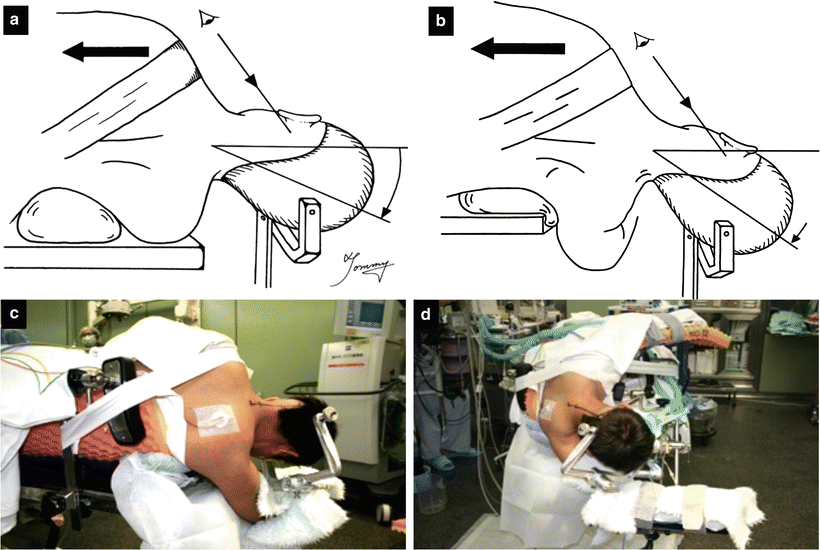

ResultsĬomparing supine baseline and final, respiratory compliance (29 ± 9 vs 32 ± 8 mL/cmH 2O p < 0.01) and PaO 2/FIO 2 ratio (138 ± 36 vs 164 ± 46 mmHg p < 0.01) increased, while driving pressure (13 ± 2 vs 11 ± 2 cmH 2O p < 0.01) and lung ultrasound consolidation score decreased. At the end of each period, we measured respiratory mechanics, arterial blood gases, lung ultrasound aeration, end-expiratory lung impedance (EELI), and regional distribution of ventilation and perfusion using electric impedance tomography (EIT).

PEEP level was selected using the recruitment-to-inflation ratio (R/I ratio) based on which patients received PEEP 12 cmH 2O for R/I ratio ≤ 0.5 or PEEP 15 cmH 2O for R/I ratio > 0.5. MethodsĪ cohort of 15 patients receiving lung-protective mechanical ventilation in volume-controlled with PEEP based on recruitability were prospectively enrolled and evaluated in five sequentially applied positions for 30 min each: Supine-baseline Lateral-1st side 2nd Supine Lateral-2nd side Supine-final. This study aims to evaluate the feasibility and physiological effects of a sequential postural recruitment maneuver in early mechanically ventilated COVID-19 ARDS patients. A sequential change in body position from supine-to-both lateral positions under constant ventilatory settings could be used as a postural recruitment maneuver in case of acute respiratory distress syndrome (ARDS), provided that sufficient positive end-expiratory pressure (PEEP) prevents derecruitment.


 0 kommentar(er)
0 kommentar(er)
